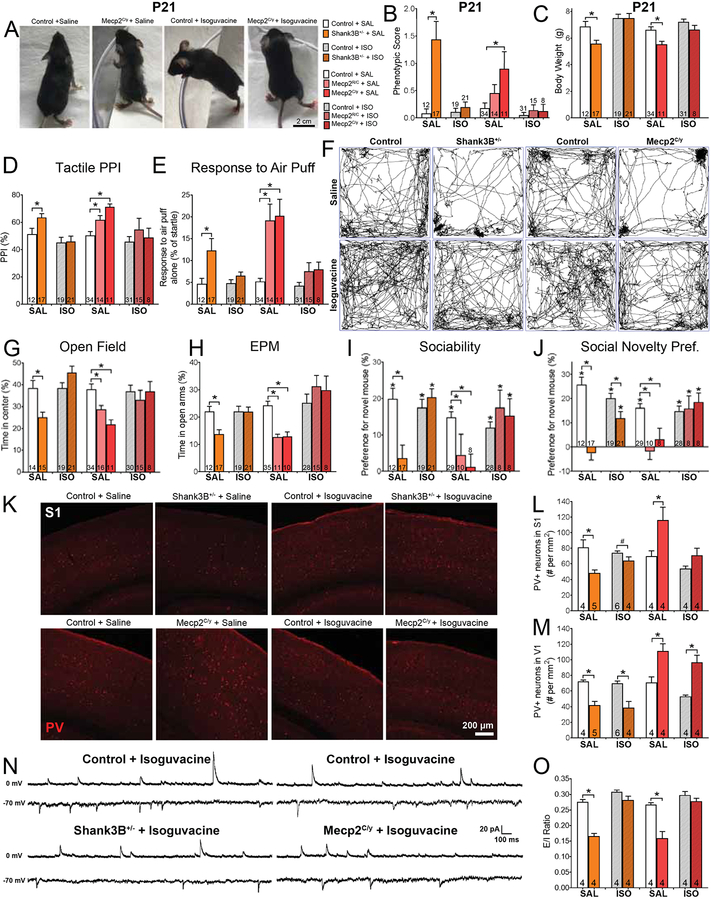Figure 7. Chronic administration of isoguvacine improves tactile over-reactivity, region-selective cortical abnormalities, and some ASD-related behaviors in Mecp2 and Shank3 mutant mice.
(A) Representative images of P21 control and Mecp2C/y mutant mice treated daily from P1–21 with either saline or isoguvacine (2 mg/kg).
(B) Average phenotypic score of P21 Shank3B+/− or Mecp2C/y mutant mice and control littermates treated daily with either saline or isoguvacine (2 mg/kg). One-way ANOVA with post-hoc Tukey’s test, *, p < 0.05.
(C) Average bodyweight of P21 Shank3B+/− or Mecp2C/y mutant mice and control littermates treated daily with either saline or isoguvacine (2 mg/kg). One-way ANOVA with post-hoc Tukey’s test, *, p < 0.05.
(D) Percent inhibition of the startle response to a 125 dB noise, when the startle noise is preceded by a light air puff in Shank3B+/−, Mecp2R/C or Mecp2C/y mutant mice and control littermates treated daily from P1–42 with either saline or isoguvacine (2 mg/kg). One-way ANOVA with post-hoc Tukey’s test, *, p < 0.05.
(E) Response to a light air puff stimulus alone in Shank3B+/−, Mecp2R/C or Mecp2C/y mutant mice and control littermates treated daily from P1–42 with either saline or isoguvacine (2 mg/kg). One-way ANOVA with post-hoc Tukey’s test, *, p < 0.05.
(F) Representative activity traces in the OF test.
(G) Percent time spent in the center of the OF chamber. One-way ANOVA with post-hoc Tukey’s test, *, p < 0.05.
(H) Percent time spent in the open arms of the EPM. One-way ANOVA with post-hoc Tukey’s test, *, p < 0.05.
(I-J) Preference index for the percentage of time spent investigating the novel mouse in the “Sociability” (I) or “Social Novelty Preference” (J) portion of the 3-chamber social interaction test. One-way ANOVA with post-hoc Tukey’s test, *, p < 0.05.
(K) Representative IHC images of coronal S1 brain sections, showing PV immunoreactivity in Shank3B+/− or Mecp2C/y mutant mice and control littermates treated daily from P1–42 with either saline or isoguvacine (2 mg/kg).
(L-M) Quantification of the number of PV-positive (PV+) neurons in S1 (L) and V1 (M). One-way ANOVA with post-hoc Tukey’s test, *, p < 0.05.
(N) Representative traces showing sEPSCS (−70 mv hold) and sIPSCs (0 mV hold) from S1 slices from Shank3B+/− or Mecp2C/y mutant mice and control littermates treated daily from P1–42 with either saline or isoguvacine (2 mg/kg).
(O) Quantification of excitatory/inhibitory (E/I) ratio in S1 slices from control and mutant mice. Two-way ANOVA with post-hoc Sidak’s test, *, p < 0.05.

